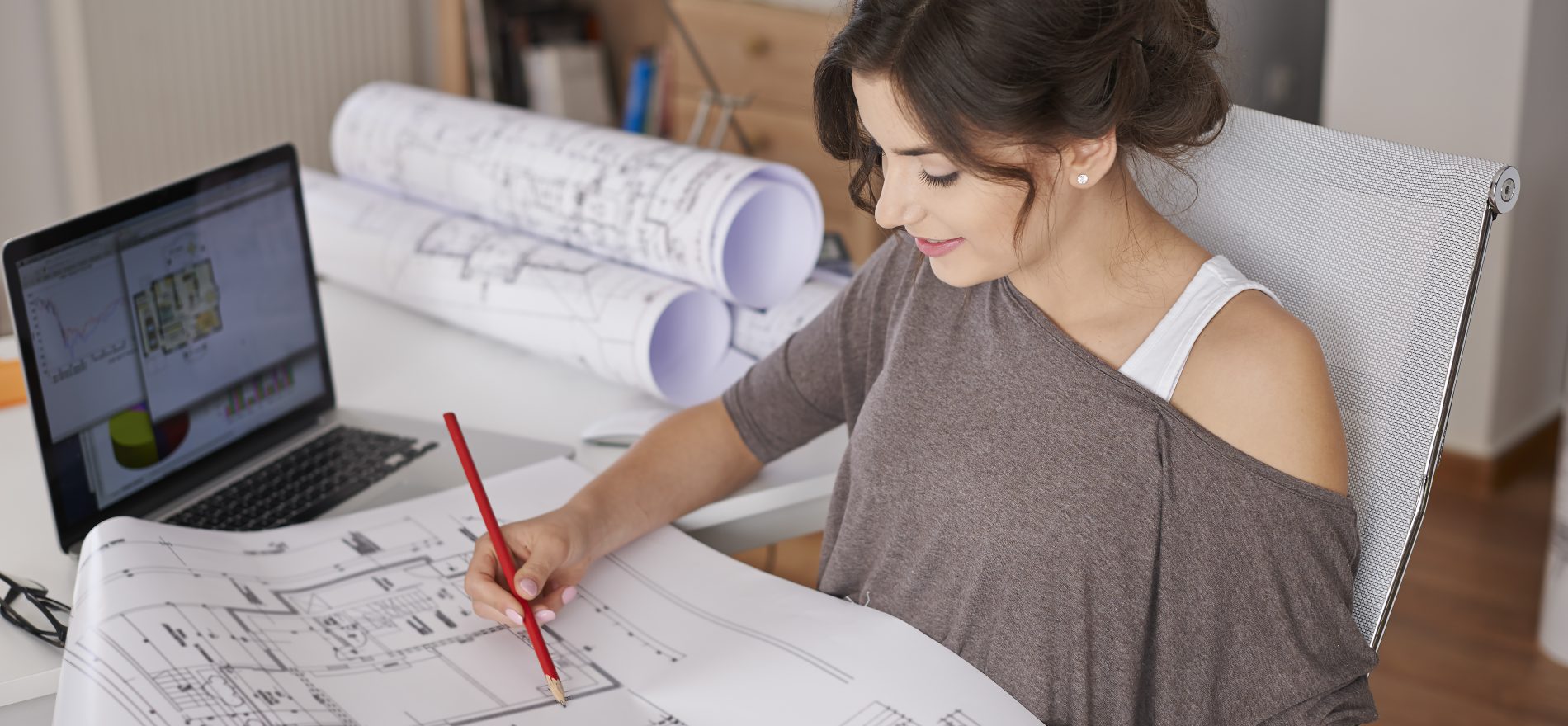Interior design is a captivating interplay of art and functionality, where spaces come to life through careful planning and artistic expression. At its core, this discipline revolves around 7 elements of interior design, each serving as a building block to create harmonious and visually appealing interiors. These elements, like pieces of a puzzle, blend together to shape environments that not only satisfy practical needs but also evoke emotions and reflect the personalities of those who inhabit them. Let’s delve into these seven fundamental aspects of interior design, exploring how they interact to transform ordinary spaces into extraordinary works of art and utility.
Table of Content
What Are the 7 Basic Elements of Interior Design?
7 Basic Elements of Interior Design
Color
Form
Light
Line
Pattern
Texture
Space
Principles of Interior Design
How You Can Become an Interior Designer
Conclusion
What Are the 7 Basic Elements of Interior Design?
As the expression goes, “The whole is more than the sum of its parts.” The same is true of interior design, which is actually simply an illusion made by skillfully balancing various aspects. Consider it this way: gaining knowledge of the components in your favorite dishes can assist you in becoming a great chef. In the same manner, understanding the design components that go into your favorite decorating styles will help you become an expert.
7 Basic Elements of Interior Design
- Color
- Form
- Light
- Line
- Pattern
- Texture
- Space
Color
Color may affect a space’s mood and atmosphere more than merely on an aesthetic level. For instance, most people consider red to be a “intense” or “passionate” color. At the same time, yellow is frequently connected with terms like “happy” and “optimistic,” whereas blues and greens are typically seen as “tranquil” or “soothing.” When choosing a color scheme for your space, take into account not just your aesthetic preferences but also the energy or attitude you want to promote.
A room’s color choices might give the impression that it is bigger or smaller than it actually is. For instance, a room might appear broader when painted white, whereas a room can appear smaller when painted black. Here are a few crucial things to think about: Are you trying to make an area more lively by using bright, eye-catching colors? Or do you like to stick with something more neutral and monochromatic? Consider color as the foundation or building blocks for the remainder of your space’s design. You complete a particular duty that will be a crucial component throughout the room design process by choosing your color scheme in advance.
Form
Shape is another word for “form,” which describes the curves of pieces of art, furniture, or any other decorative item you can think of. It alludes to both the interior design and the general layout of the space. Balance and organic forms are fundamental to form. Natural shapes and geometric forms may be used to create furniture, lighting, and even flooring. Natural forms have curved or abstract shapes that are real and uneven. Sharp, artificial lines and edges characterize geometric formations. Natural forms provide a gentler appearance whereas geometric shapes are frequently aggressive.
Light
Have you ever shuddered upon seeing a dimly lit photo? Consequently, you are already aware of the influence lighting has on how we see things. Whether it comes from artificial, natural, or a combination of both sources, good lighting is essential for every area. The type of lighting in your environment creates the mood. Your area will look fantastic all day long if there is a balance between natural and artificial light. Consider things like the lighting’s color (cool blue or warm yellow?), intensity (bright for cooking or gentle for reading?), and if the light should be dimmable when picking the lighting for your space.
Line
Consider a line as the border surrounding a form or shape. For instance, you would likely begin by drawing the contour of any object in the room if you were drawing it. Interior design lines give your room direction and can focus attention on a focal point. Lines add structure as well. Various lines may affect your space. While horizontal lines are side-to-side, vertical lines go up and down. Horizontal lines, which frequently appear on furniture like tables and chairs, provide the impression of solidity. Doors, fireplaces, and windows are frequently the source of vertical lines. According to interior designers, vertical lines are expressive and daring, but horizontal lines foster a sense of stability.
Additionally, dynamic lines exist. When employed intelligently, dynamic lines, which operate according to their own principles, may give any area a playful, thrilling feel. Two examples of dynamic lines that draw attention to your space are diagonals and zigzags.
Pattern
Forms, lines, or other aspects of interior design that are repeated on purpose are called patterns. A space is made more interesting and exciting by patterns. However, patterns can show up anyplace in the house, including in lighting or other design aspects. They typically appear on wallpaper or textiles. Patterns can be abstract, floral, geometric, or any other design you can think of, and they offer visual texture to a space. When picking your favorite designs, be careful to avoid overusing clashing patterns since while patterns give a room energy and motion, they may also start to seem cluttered.
Texture
Texture, which should not be confused with pattern, is how something feels. This might refer to the physical texture of the thing or the impression it makes when being observed (visual texture). For instance, the clever use of texture allows you to describe a surface as seeming “weathered” or “vintage” without actually touching it. In areas of the house that you interact with regularly, such as the flooring, texture should be carefully considered. To start each day off well, our professionals at Flooring America can assist you in locating floors with the ideal, cozy texture.
Space
Last but not least, space is the main factor in almost all design choices. Space may be divided into two categories: 2-D space, which takes into account a room’s length and width, and 3-D space, which takes into consideration height. For instance, when thinking about carpets or rugs, only 2-D space is necessary; but, when adding new shelving or furniture, 3-D space must be taken into account. It’s also crucial to strike a balance between positive and negative space. Negative space is unoccupied space in your room, whereas positive space is the parts that are furnished and decorated.
Principles of Interior Design
Interior design principles are the guiding stars that steer creativity within four walls. Principles of design in interior design serve as the foundational roadmap, directing the harmony, balance, contrast, rhythm, scale, and emphasis that converge to shape captivating and functional living spaces. Together, they choreograph spaces into harmonious, visually engaging symphonies of form and function.
How You Can Become an Interior Designer
Steps to become an interior designer:
- Passion and Eye for Design: Begin with a genuine passion for design and a keen eye for aesthetics.
- Educational Foundation: Pursue a degree in interior design or a related field to build a solid foundation.
- Hands-On Experience: Gain practical experience through internships and hands-on projects to refine your skills.
- Build a Unique Portfolio: Create a standout portfolio showcasing your best work and design style.
- Networking: Connect with industry professionals, seek mentorship, and build a strong network.
- Stay Current: Continuously update your knowledge to keep up with evolving design trends and technologies.
- Licensing (if required): Depending on your region, obtain any necessary licensing or certifications.
- Launch Your Career: Start your career in interior design, either by joining a firm or establishing your own practice.
Conclusion
In the world of interior design, these seven elements of interior design form the foundational palette from which designers craft captivating spaces. Through the thoughtful combination of color, form, light, line, pattern, texture, and space, interior designers bring to life environments that are not only visually pleasing but also deeply functional and reflective of the people who inhabit them. These elements, like notes in a symphony, harmonize to create unique compositions that engage the senses, evoke emotions, and transform spaces into artful expressions of design and purpose.
























